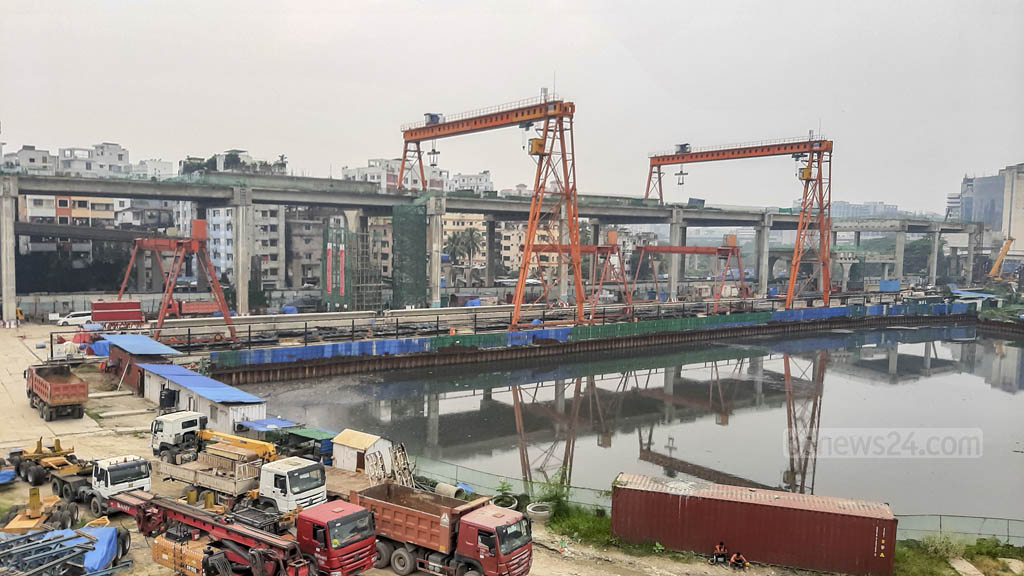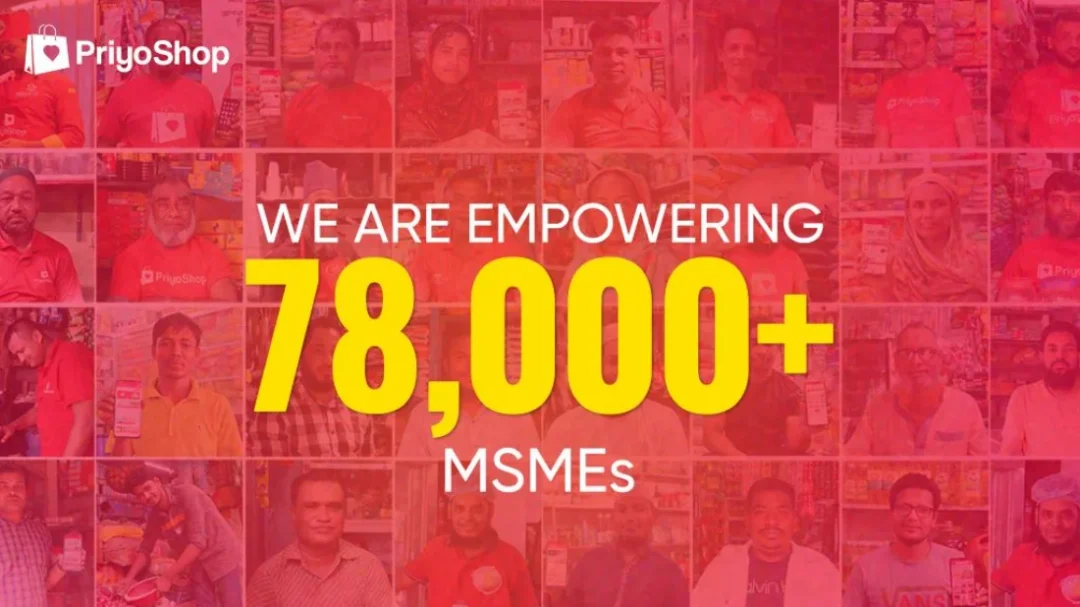Experts blame the slowdown to political disruptions, power transition, a worsening law and order, and administrative reshuffles.
Bangladesh’s development work, which slowed down during the power transition, has not regained momentum, impacting the implementation of the interim government’s ADP under a “go-slow” policy.
In the five months to November of the current 2024-25 fiscal year, ADP implementation reached 12.29 percent compared with 17.06 percent during the same period last year – marking a decline of 4.77 percentage points.
According to data released by the Implementation Monitoring and Evaluation Division, or IMED, of the planning ministry, ADP progress in the first five months has not been this low in the last 15 fiscal years.
Experts attribute the slowdown to disruptions caused by political movements, the power transition in August, a worsening law and order, and administrative reshuffles, which have collectively hindered the implementation of government development programmes.
According to the latest statistics released by the IMED, Tk 342.14 billion was spent under the ADP during the July-November period of the current fiscal year. This is significantly lower than the Tk 468.57 billion spent during the same period last fiscal year.
In percentage terms, the lowest ADP implementation rate was 16.84 percent in the 2015-16 fiscal year.
The deposed Awami League government had allocated roughly Tk 2.78 trillion for the ADP in the current fiscal year when the budget was passed.
After the Awami League was removed from power, the interim government prioritised project implementation based on necessity. As a result, funding for many projects initiated by the previous government was reduced, leading to the suspension of several ongoing projects. Consequently, overall ADP expenditure declined, according to relevant officials.
The latest IMED report reveals that the implementation rate for November was 4.40 percent, or Tk 122.36 billion, compared with 5.52 percent in November of the 2023-24 fiscal year. Typically, ADP spending is lower in the early months of a fiscal year, but political instability has further reduced the rate this time.
In the previous fiscal years—2020-21, 2021-22, and 2022-23—the ADP implementation rates for the first five months were 17.93 percent, 18.61 percent, and 18.41 percent, respectively.
Speaking at a workshop on Monday, Prof M Abu Yusuf of the Development Studies Department at Dhaka University noted that the decline in ADP implementation is “not surprising” given the current circumstances.
A member of the White Paper Committee on the economy, he added: “However, the interim government must consider how to provide relief to the general public during this period of high inflation.“
Despite being in office for four months, Prof Yusuf noted, the government has yet to provide clear guidelines on how the annual programme of planned public sector projects should proceed, he added.
“If just 2.3 percent of the current fiscal year’s budget were reallocated to three key food-based social safety net programmes, it would double the allocation for these initiatives,” he explained.
The three key programmes—combining urban and rural areas—are the Food-Friendly Programme, or FFP, Open Market Sales, or OMS, and Food for Work, or FFW.



